What tools could help me identify risks of forced labour in my supply chain?
Identifying risks of forced labour in your supply chain can be challenging, but there are several tools and approaches that can assist you in this process. Here are some tools and resources that can help you identify forced labour risks:
Supply chain mapping tools
Use supply chain mapping tools to trace the origin of raw materials and components to identify potential areas of vulnerability to forced labour.
Supplier self-assessment questionnaires
Develop and distribute questionnaires to your suppliers, asking them to disclose information about their labour practices, hiring procedures, and working conditions. Include specific questions related to forced labour risks, such as recruitment practices, worker retention, and freedom of movement.
Third-party audits
Engage reputable third-party auditing firms specializing in labour rights and ethical supply chain practices. These auditors can assess your suppliers’ facilities, interview workers, and identify potential forced labour risks.
Labour monitoring technologies
Utilise technology solutions that help monitor labour conditions and worker practices in real-time. Some platforms leverage worker helplines, mobile apps, or SMS-based systems to gather information directly from workers.
Supplier Code of Conduct
Establish a robust supplier code of conduct that explicitly prohibits forced labor and outlines your expectations for suppliers’ compliance. Require suppliers to sign and adhere to this code as a condition of doing business with your company.
Industry or multi-stakeholder initiatives
Join industry-specific or multi-stakeholder initiatives that promote ethical supply chain practices. These initiatives often provide tools, guidance, and resources to help companies identify and address forced labor risks.
Human rights impact assessments
Conduct comprehensive human rights impact assessments throughout your supply chain to identify potential forced labour risks and their root causes.
External risk databases
Utilize external risk databases and tools that specialize in supply chain risk assessment. These databases may provide insights into regions or industries with higher risks of forced labour.
NGO and labour union reports
Keep an eye on reports published by non-governmental organizations (NGOs) and labor unions that focus on labor rights and human trafficking. These reports can highlight industry-specific risks and specific suppliers with concerning practices.
Training and capacity building
Provide training to your supply chain personnel and workers on recognizing and addressing forced labor risks. Empower them to report any concerns through appropriate channels.
Ask a question
If you would like to remain anonymous you can use an alternative email and name. The Mekong Club team requires a working email to be used so they can reach out and provide assistance directly. Once a comment has been placed the team will review and respond within 72 hours

